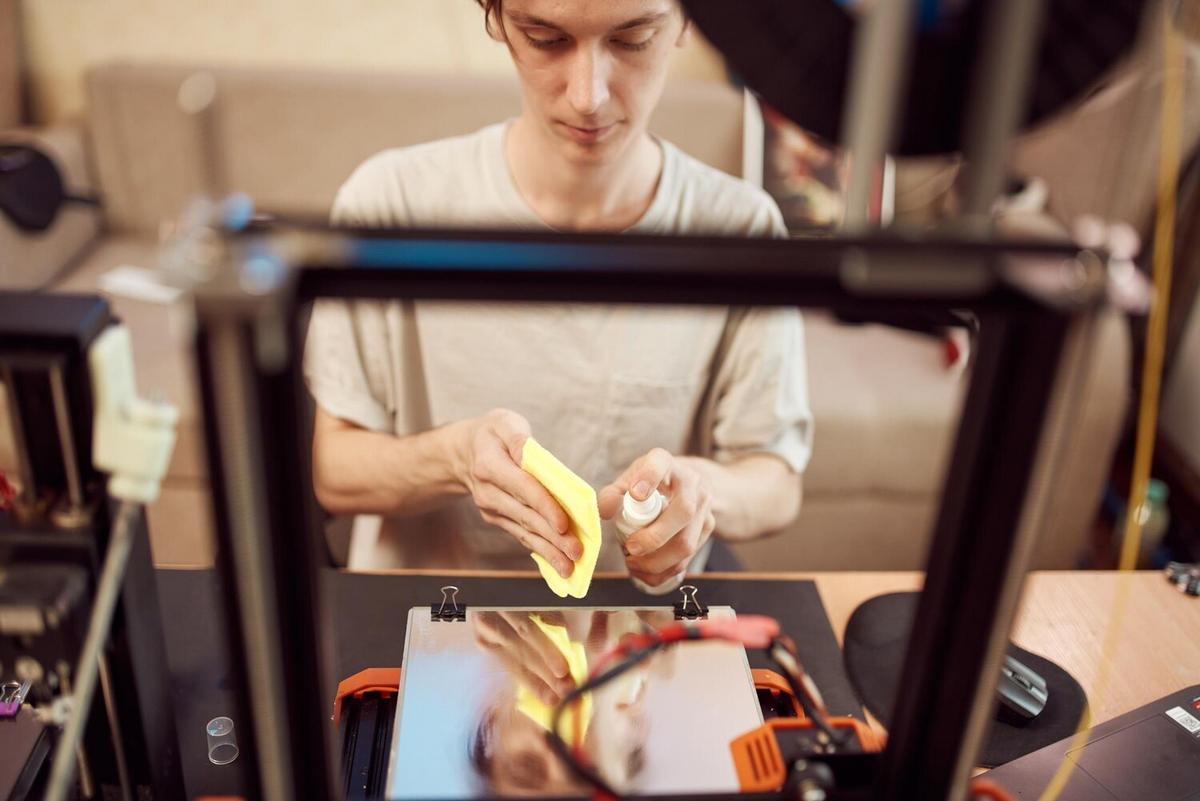As the boundaries of art continue to expand, 3D printing emerges as a transformative force in contemporary art, offering artists a new medium for creativity and innovation.
In the realm of digital arts, the fusion of technology and creativity is redefining how we perceive and create art. 3D printing, a technology that layers materials to form complex structures, is at the forefront of this revolution. Artists are embracing 3D printing not only for its ability to create intricate designs that were previously unimaginable but also for its potential to democratize art creation.
The Impact of 3D Printing on Art
3D printing has unlocked a world of possibilities for artists, allowing them to push the boundaries of their imagination. According to a report by the Creative Industries Federation, 3D printing has grown exponentially in the art world, with over 60% of contemporary artists incorporating this technology into their work. This technological advancement has made it easier for artists to experiment with new forms, textures, and materials.
Expert Insights
Renowned sculptor and contemporary artist Anish Kapoor has often highlighted how 3D printing allows for precision that traditional methods struggle to achieve. Kapoor’s work is a testament to how technology can enhance artistic expression without compromising the artist’s original vision.
Practical Applications
One notable example of 3D printing in art is the creation of large-scale installations. Artists are leveraging this technology to produce pieces that are not only visually striking but also structurally complex. For instance, Dutch artist Joris Laarman has crafted intricate furniture and sculptures using 3D printing, showcasing the seamless blend of art and technology.
Actionable Tips for Artists
- Start small: Begin with simple designs to familiarize yourself with the technology.
- Collaborate: Work with engineers or designers to enhance your technical skills.
- Experiment: Use different materials to see how they affect the final piece.
Comparing 3D Printing Materials
| Material | Properties | Applications |
|---|---|---|
| PLA | Biodegradable, easy to use | Prototypes, educational projects |
| ABS | Strong, durable | Functional parts, mechanical models |
| Resin | High detail, smooth finish | Miniatures, fine art pieces |
| Nylon | Flexible, strong | Wearable art, functional objects |
| Metal | Robust, high strength | Sculptures, structural components |
| Wood Filament | Wood-like finish | Decorative art, sculptures |
| Carbon Fiber | Lightweight, high-strength | Structural art, installations |
| Ceramic | Heat-resistant, natural feel | Pottery, decorative pieces |
FAQs about 3D Printing in Art
What is 3D printing in art?
3D printing in art involves using additive manufacturing processes to create three-dimensional objects that serve as art pieces.
How does 3D printing benefit artists?
3D printing allows artists to create complex designs, experiment with new materials, and produce art more efficiently.
What materials can be used in 3D printing for art?
Common materials include PLA, ABS, resin, metal, and more, each offering unique properties for different artistic applications.
Is 3D printing in art expensive?
The cost can vary, but the technology is becoming more accessible, with options available for various budget levels.
Conclusion
3D printing is reshaping the landscape of contemporary art, offering artists unprecedented freedom to explore new creative avenues. By integrating this technology, artists can craft unique, intricate works that captivate and inspire. As 3D printing continues to evolve, its role in the art world will undoubtedly expand, inviting more artists to experiment and innovate. For those eager to delve into this exciting field, the opportunities are as limitless as the imagination itself.


Leave a Reply